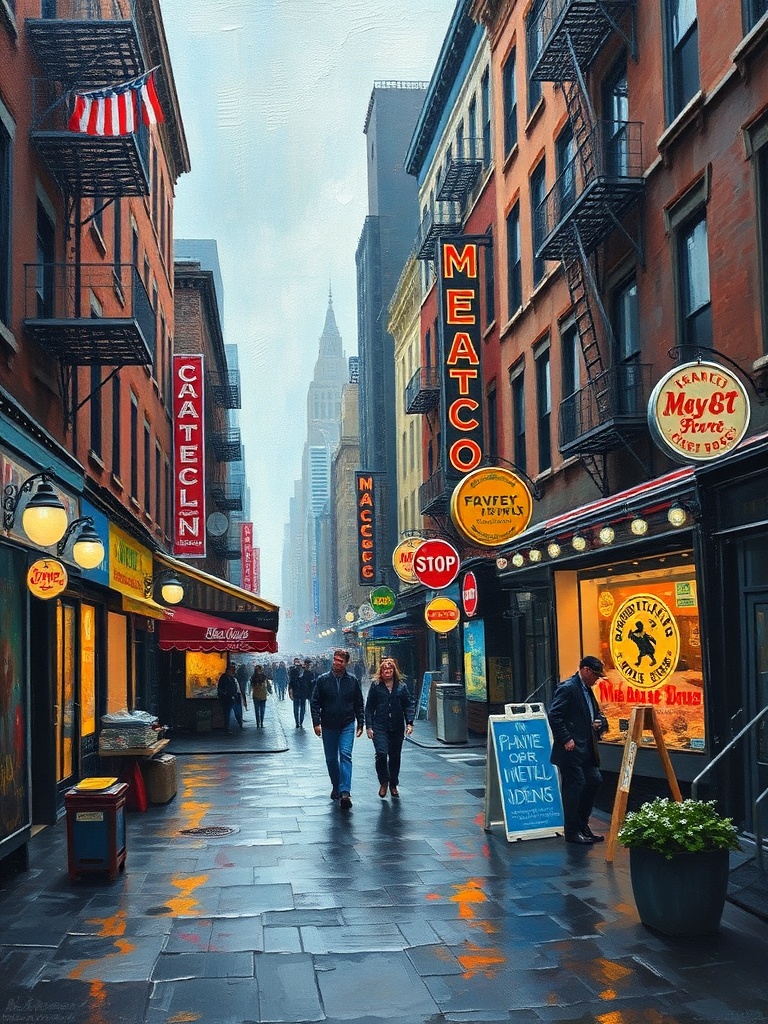The Meatpacking District has evolved from a gritty industrial corridor into one of the city’s most dynamic neighborhoods, where exposed brick and cobblestone streets meet contemporary design, cutting-edge dining, and vibrant cultural life. Its compact footprint makes it ideal for a concentrated day of exploring: public art, boutique shopping, waterfront green space, and nightlife are all within easy walking distance.

What to see and do
– Walk the High Line: The elevated linear park skirts the edge of the district and provides leafy promenades, public art installations, and striking views of the Hudson River and city skyline. It’s a great way to orient yourself and discover new storefronts below.
– Visit the Whitney and nearby galleries: The prominent museum anchoring the southern end of the High Line brings rotating modern and contemporary exhibitions, while neighboring Chelsea galleries offer intimate encounters with emerging and established artists.
– Stroll Gansevoort Plaza and cobblestone streets: The district retains its distinctive cobblestones and repurposed industrial architecture, a backdrop for independent boutiques, designer showrooms, and special events.
– Enjoy waterfront green space: Hudson River Park provides paths, piers, and sunset spots, ideal for running, cycling, or a relaxed riverside picnic.
Food, drinks and nightlife
The area is known for a dense mix of culinary experiences: casual markets, chef-driven restaurants, rooftop bars, and late-night lounges.
Expect a blend of international flavors, seasonal tasting menus, and places that emphasize locally sourced produce and thoughtfully curated wine lists. Weeknights and weekends bring a lively dining scene, so advance reservations are useful for popular spots.
Shopping and design
Fashion showrooms and small-batch designers coexist with larger lifestyle stores.
The neighborhood’s reputation as a fashion hub makes it a go-to for trend-driven shopping, while interior design studios and concept stores offer unique home goods and artful finds.
Practical tips for visitors
– Wear sensible shoes: Cobblestone streets and uneven sidewalks are charming but can be tricky, especially in heels.
– Time your visit: Mornings and early afternoons are quieter for museum visits and walks; evenings come alive with dining and nightlife.
– Book ahead: Popular restaurants and museum exhibitions can fill up; purchase tickets or reserve tables in advance.
– Use public transit: Multiple subway lines and bus routes serve the area, making it easy to combine the Meatpacking District with nearby neighborhoods.
Urban preservation and adaptive reuse
Adaptive reuse is central to the district’s character. Former industrial warehouses now host cultural institutions, offices, and hospitality venues, preserving historic façades while supporting modern functions. This blend of preservation and innovation has helped maintain the area’s distinct identity even as it grows and adapts.
Why it matters
The Meatpacking District offers a concentrated slice of urban life where history and contemporary culture intersect. It’s a place to see design trends, enjoy a diverse food scene, and experience public spaces that prioritize people over cars. For residents and visitors looking for a compact neighborhood with energy, accessibility, and a mix of experiences, this district continues to stand out as a must-visit destination.